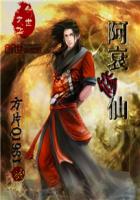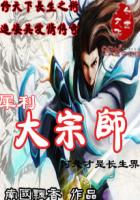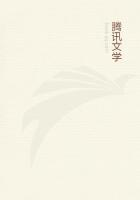Such is the theory which was suggested half a century ago by the researches of Jacob Grimm, and which, so far as concerns the mythology of the Aryan race, is now victorious along the whole line. It remains for us to test the universality of the general principles upon which it is founded, by a brief analysis of sundry legends and superstitions of the barbaric world. Since the fetichistic habit of explaining the outward phenomena of nature after the analogy of the inward phenomena of conscious intelligence is not a habit peculiar to our Aryan ancestors, but is, as psychology shows, the inevitable result of the conditions under which uncivilized thinking proceeds, we may expect to find the barbaric mind personifying the powers of nature and making myths about their operations the whole world over. And we need not be surprised if we find in the resulting mythologic structures a strong resemblance to the familiar creations of the Aryan intelligence. In point of fact, we shall often be called upon to note such resemblance;and it accordingly behooves us at the outset to inquire how far a similarity between mythical tales shall be taken as evidence of a common traditional origin, and how far it may be interpreted as due merely to the similar workings of the untrained intelligence in all ages and countries.
Analogies drawn from the comparison of languages will here be of service to us, if used discreetly; otherwise they are likely to bewilder far more than to enlighten us. A theorem which Max Muller has laid down for our guidance in this kind of investigation furnishes us with an excellent example of the tricks which a superficial analogy may play even with the trained scholar, when temporarily off his guard. Actuated by a praiseworthy desire to raise the study of myths to something like the high level of scientific accuracy already attained by the study of words, Max Muller endeavours to introduce one of the most useful canons of philology into a department of inquiry where its introduction could only work the most hopeless confusion. One of the earliest lessons to be learned by the scientific student of linguistics is the uselessness of comparing together directly the words contained in derivative languages. For example, you might set the English twelve side by side with the Latin duodecim, and then stare at the two words to all eternity without any hope of reaching a conclusion, good or bad, about either of them: least of all would you suspect that they are descended from the same radical. But if you take each word by itself and trace it back to its primitive shape, explaining every change of every letter as you go, you will at last reach the old Aryan dvadakan, which is the parent of both these strangely metamorphosed words.[130] Nor will it do, on the other hand, to trust to verbal similarity without a historical inquiry into the origin of such similarity. Even in the same language two words of quite different origin may get their corners rubbed off till they look as like one another as two pebbles.
The French words souris, a "mouse," and souris, a "smile," are spelled exactly alike; but the one comes from Latin sorex and the other from Latin subridere.
[130] For the analysis of twelve, see my essay on "The Genesis of Language," North American Review, October 1869, p. 320.
Now Max Muller tells us that this principle, which is indispensable in the study of words, is equally indispensable in the study of myths.[131] That is, you must not rashly pronounce the Norse story of the Heartless Giant identical with the Hindu story of Punchkin, although the two correspond in every essential incident. In both legends a magician turns several members of the same family into stone; the youngest member of the family comes to the rescue, and on the way saves the lives of sundry grateful beasts; arrived at the magician's castle, he finds a captive princess ready to accept his love and to play the part of Delilah to the enchanter. In both stories the enchanter's life depends on the integrity of something which is elaborately hidden in a far-distant island, but which the fortunate youth, instructed by the artful princess and assisted by his menagerie of grateful beasts, succeeds in obtaining. In both stories the youth uses his advantage to free all his friends from their enchantment, and then proceeds to destroy the villain who wrought all this wickedness. Yet, in spite of this agreement, Max Muller, if Iunderstand him aright, would not have us infer the identity of the two stories until we have taken each one separately and ascertained its primitive mythical significance. Otherwise, for aught we can tell, the resemblance may be purely accidental, like that of the French words for "mouse" and "smile."[131] Chips from a German Workshop, Vol. II. p. 246.


